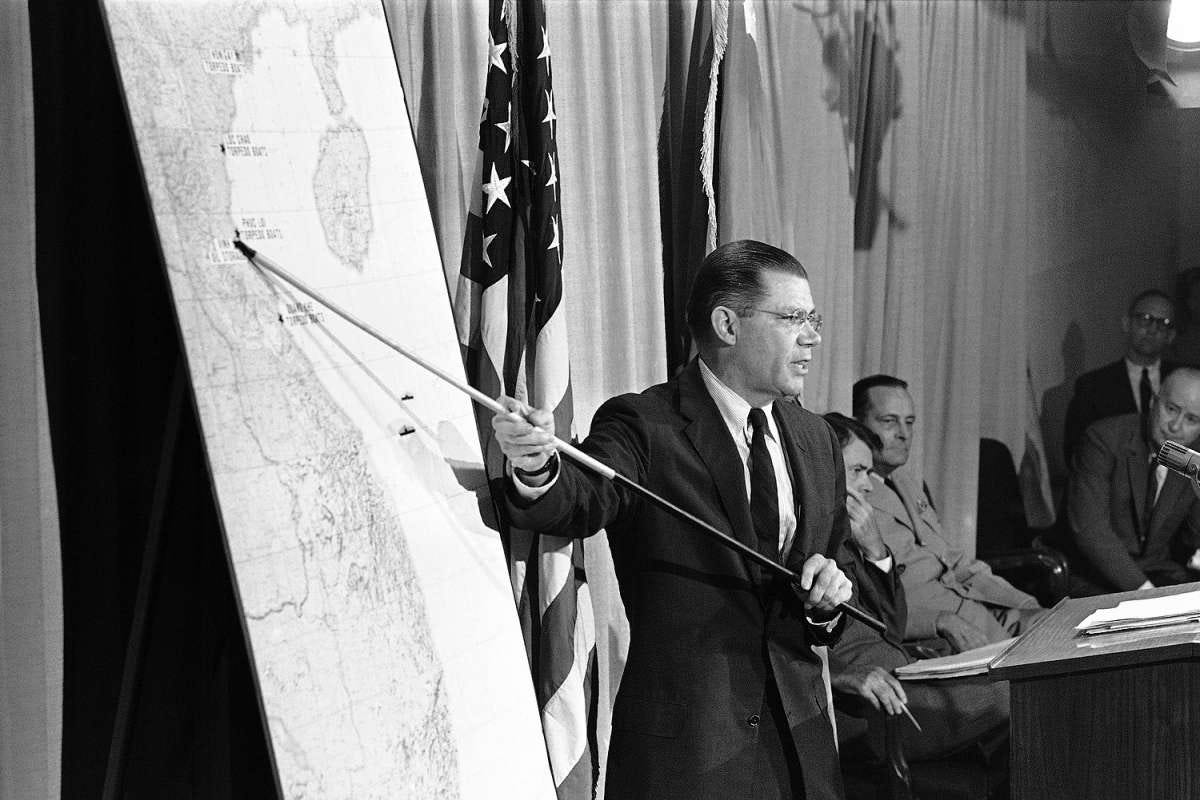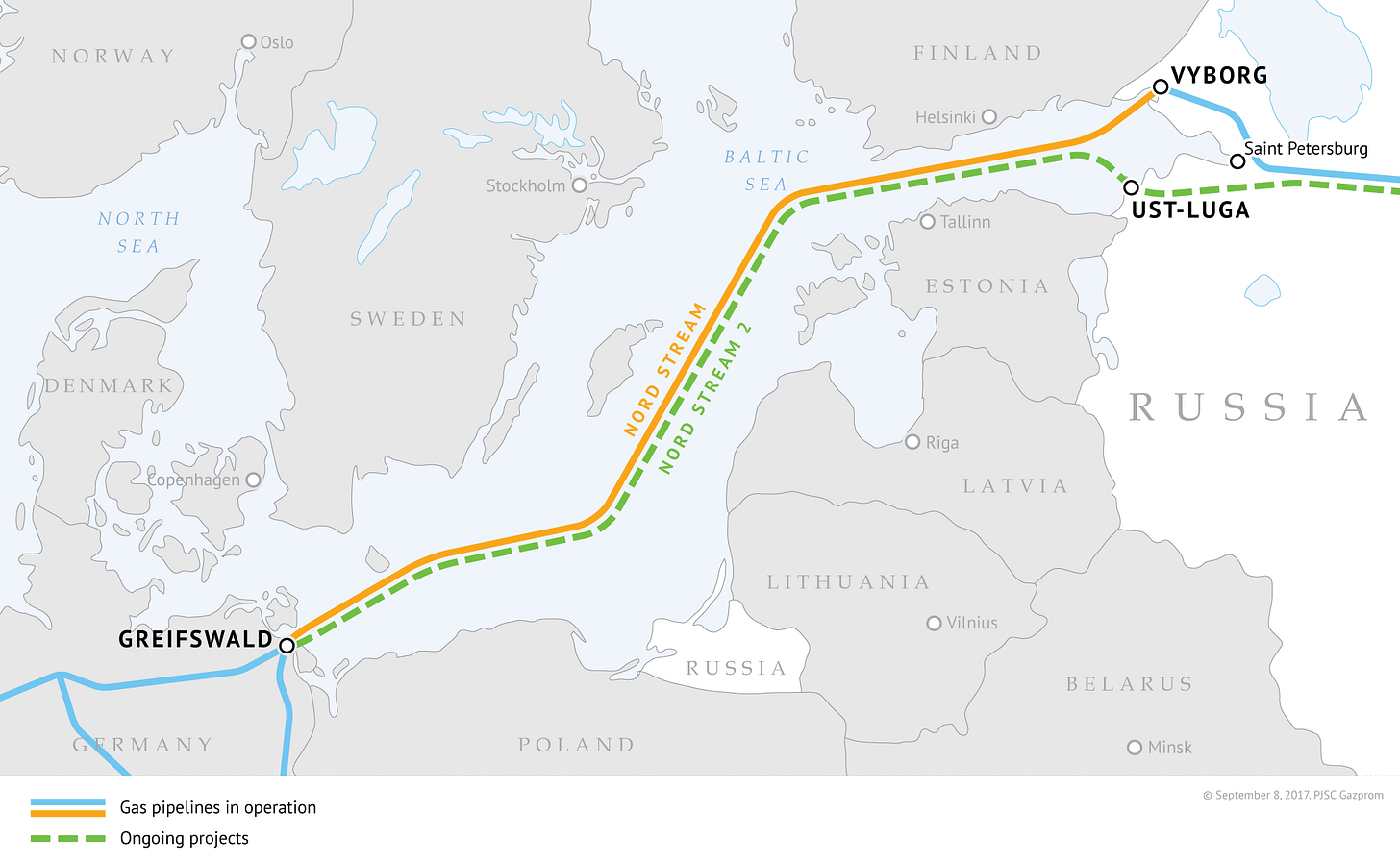Putin's Red Line
How Far Will the U.S. Push to Pull Ukraine into NATO
*This is a transcript of our latest video on Metal Playgrounds:
In these days of people being labeled as good or bad humans, simply based on their politics, it’s good to see that there is one issue which brings together in a common bond, the American media and politicians, regardless of party.
Of course, that issue is war.
The idea of war, the process of watching politicians' justify war, and the art of convincing the public that war is necessary for our survival, is just a process that the media and politicians cannot pass up.
In the United States, a skeptical public has forced politicians to divert our attention away from the Middle East and place it back on the United States old adversary, the Soviet Union.
Excuse me, I mean Russia.
See how easy it is to get caught up in the Washington DC hype machine that never ceases to pump out propaganda?
The current outrage in Langley, the Pentagon, Foggy Bottom, and the White House is a belief that Vladimir Putin is intent on launching a Spring offensive against Ukraine. The presence of tens of thousands of Russian soldiers along Russia’s border with Ukraine is the stated reason for this belief.
The media buys into this because they have historically been a propaganda arm for CIA, the Pentagon and any President that is looking to get the United States military involved in running up the value of defense contractor stocks. In other words, they are all pro-war.
Someone in U.S. intelligence leaked to the media their belief that there are 70,000 Russian troops near the border with Ukraine and that by spring, there will be an additional 95,000 ready to launch an attack.
The unnamed sources claim that the Russians are moving tactical battle groups and equipment in and out of the border area. They also say that there has been an increase in traffic from Russian propaganda sources.
OK, let’s pause here for a couple of minutes. Time for a quick history lesson.
Ukraine has been caught in a tug-of-war with Russia on one side, and the United States and the European Union on the other.
After the collapse of the Soviet Union, Ukraine maintained their alliance and allegiance to the new Russian Federation. Moscow heavily influenced politics in Kiev and kept pro-Kremlin leaders in office.
Much of the country started to slip away from the Russian orbit around 2010, when pro-Russian President Viktor Yanukovych renegotiated a deal to allow the Russian navy to continue to operate out of Crimea until 2042. The original deal had been set to expire in 2017.
Nationalists who welcomed closer ties with the West, openly opposed Moscow with massive protests demanding a new government.
In early 2014, after violent protests threatened to escalate into civil war, Yanukovych fled to Moscow. His departure allowed for a new government that was friendly to the EU and the United States.
There is evidence that American intelligence was heavily involved in the downfall of the Yanukovych administration. Some might use the word coup.
Regardless of who instigated the takeover, the pro-Moscow government was forced out and the pro-American government took charge.
There are some takeaways from the events of 2010 through 2014 that are worth noting in today’s situation.
First, it happened on Barack Obama’s watch, and his Vice President, Joe Biden, was involved. This is important to remember as a now cognitively deficient Joe Biden tries to talk tough to Vladimir Putin.
The United States has already lost much credibility over its actions in Eastern Europe over the past 30 years. Biden’s role in the 2014 uprising is well remembered in the Kremlin.
The second takeaway is that when the new government took over in 2014, they seemingly went out of their way to alienate the large number of Ukrainian citizens who still held strong ties with Russia.
Nearly 20% of the population of Ukraine consider themselves as ethnic Russian. That’s over 8 million people. Many of these still think of Ukraine as being part of the motherland.
The new pro-American and EU government dumped all over the ethnic Russians and continue to try and undermine any efforts to maintain Russian identity.
Organized groups of ethnic Russians living in Ukraine, and their friends in Moscow, seized on the unrest immediately following the 2014 protests to take control of parts of Eastern Ukraine, including ensuring continued Russian control over Crimea.
Putin played a leading role in this and, in an attempt to add some legitimacy to his maneuvers, he orchestrated a referendum in Crimea that would grant them their independence from Ukraine and place them under the control of Russia.
The U.S., EU, and their allies in the UN all condemned the action. Putin and his allies claimed it was the will of the people to leave Ukraine.
What about NATO being involved in all of this?
Back in the late 1980’s, during negotiations between the George H.W. Bush administration and a rapidly deteriorating Soviet Union, a verbal agreement was reached to not to push NATO borders any further to the east. At the time, NATO members from Western Europe agreed with this decision.
Not that it mattered, but the Soviets should have gotten it in writing. The CIA made sure that the Bush and Clinton administrations were sufficiently scared of the new threat from Russia. The result being that, over the next 20 years, all of the former Warsaw Pact nations became a part of NATO.
To the Russians, it is not only a threat to have NATO member nations and American military on their border, but it is also a constant reminder that you cannot trust anything coming out of Washington.
Anyone who studied the Cuban missile crisis should understand that this is a legitimate concern. The U.S. was ready to go to war over the Soviets staging missiles that close to the United States. In the view of the Russians, how is that different from what the U.S. has proposed to do in Eastern Europe?
While Russia has been far from honest and forthcoming in its dealings with the West, it’s tough to argue against them on the trust factor when it comes to promises from American Presidents.
The American government has shown an ability to outright lie and fabricate evidence to get their way. Just as the Soviet Union did for much of the Cold War.
So, where we are today is that NATO wants Ukraine as a member-nation. Russia has threatened some form of action if that were to happen. Military action against NATO is highly unlikely, but it would not be out of the realm of possibility for Putin to try and consolidate his gains in Eastern Ukraine by invading the country in hopes of controlling more territory.
President Putin has stated that keeping NATO out of Ukraine is a red line for Russia. They will not let Ukraine become a NATO member.
The reality is that Putin needs to decide if it that is inevitable and if so, can he first secure the border regions and make certain that shipping and Russian naval interests in Crimea are unimpeded.
For his part, President Biden is reportedly considering using the nuclear option if Putin does move his 175,000 troops into Eastern Ukraine.
A financial and not ballistic nuclear option. We hope.
More financial sanctions are on the table, including having Russia banned from using SWIFT, the Belgian based clearinghouse for nearly half of the world’s cross border financial transactions.
Putin has a non-military hand to play too, which may explain why the United States is discussing retaliation more in financial than military terms.
When President Biden was candidate Biden, he slammed President Trump for Trump’s willingness to work with Putin on major issues. Biden believed the U.S. should have been tougher on Putin.
However, Biden waived threatened sanctions on the Nord Stream 2 natural gas pipeline system that extends from Russia into western Europe.
The Nord Stream pipeline system has long been criticized by Ukraine and other eastern European nations because they lose hundreds of millions of dollars annually, in lost transit fees.
Nord Stream bypasses most of these countries. The elimination of these transit fees is a win for Germany, in particular so they have been cautious about being overly critical of Russia while continuing to show loyalty to the United States.
Biden and EU leaders have ramped up the rhetoric in challenging Russia on who decides which countries can become a part of NATO but the reality is that the EU does not want to face an energy crisis. Certainly not over whether Ukraine joins NATO.
This story will probably stay on ice until the spring and whether Putin decides to move more forces into place on his border with Ukraine. But if one side doesn’t blink soon, the Spring and Summer of 2022 could become quite hot.





